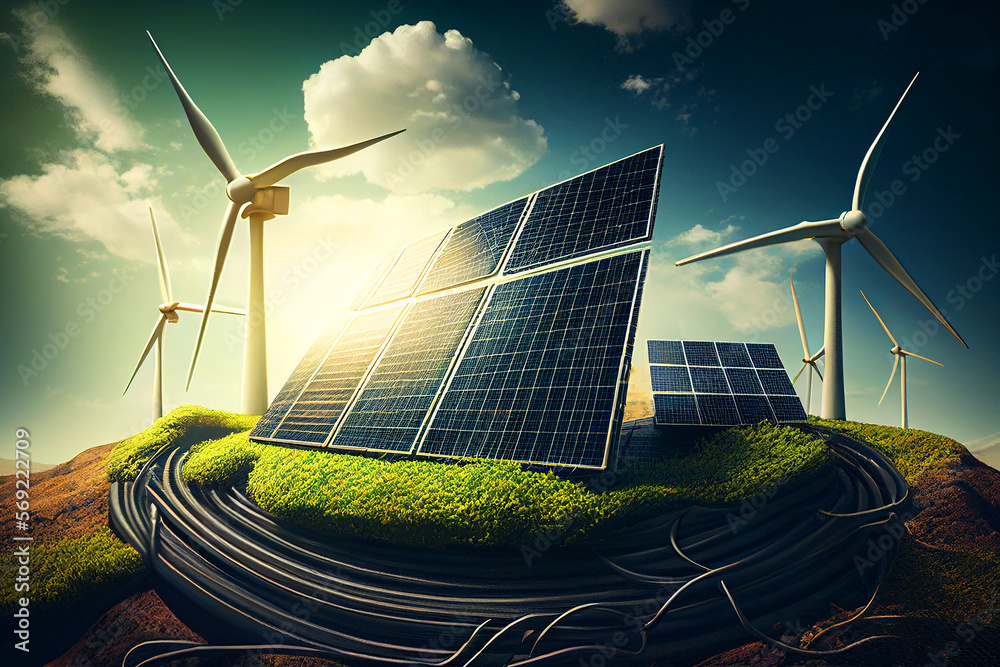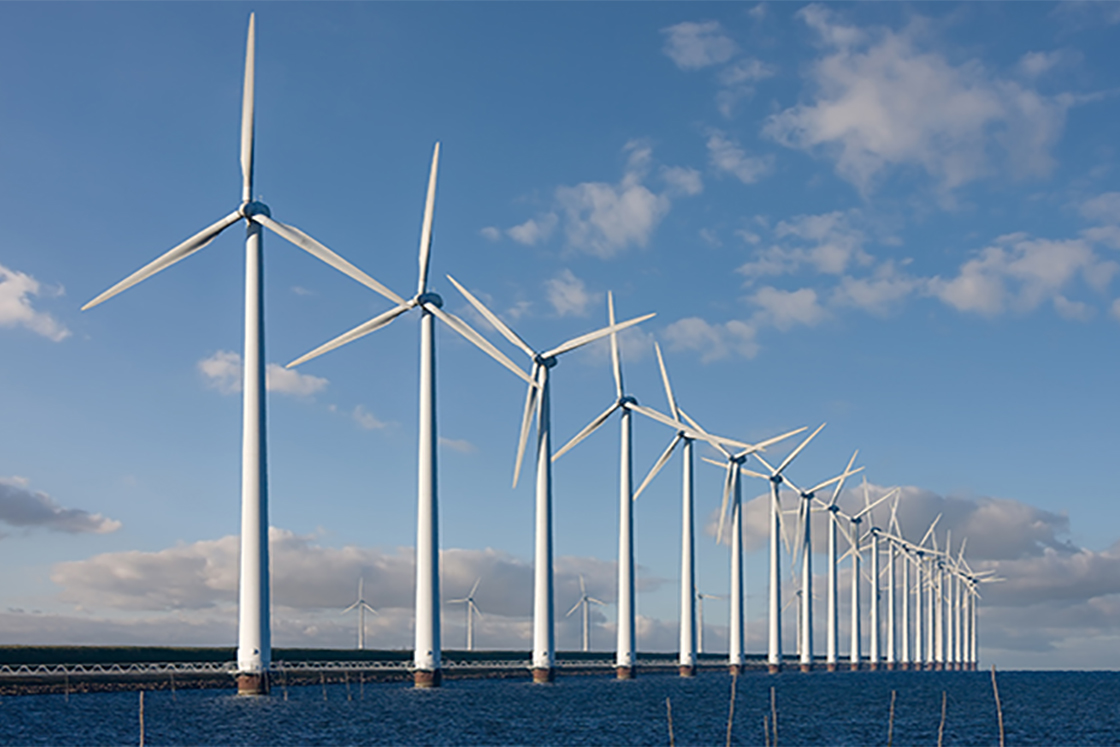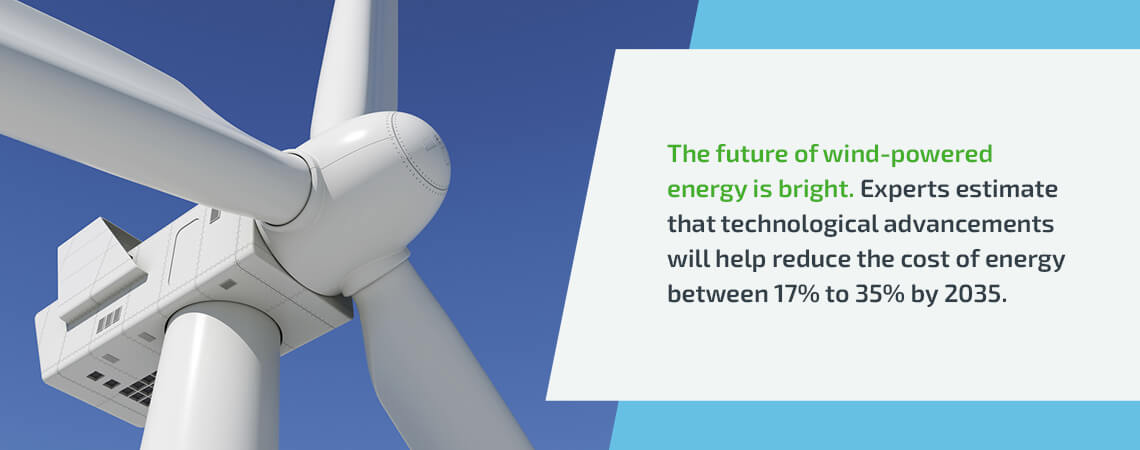How Wind Power is Shaping the Future of Renewable Energy
The Whispers of Tomorrow: How Wind is Revolutionizing Our Energy Landscape
For centuries, the wind has been a silent sculptor, shaping landscapes and carrying the whispers of change. Now, it’s humming a new tune: the song of sustainable energy. Wind power, once a niche player, is rapidly transforming into a renewable energy powerhouse, reshaping the future of how we power our world.
The Elemental Dance: Unveiling Wind’s Potential
Imagine giant steel flowers, gracefully turning, capturing the invisible force that whips across the land and sea. This is the essence of wind energy: harnessing the kinetic energy of wind to generate electricity. But the process is far from simple. It’s a delicate dance of engineering, environmental awareness, and economic foresight.
Why Wind Now? A Perfect Storm of Factors
Several key drivers are propelling wind energy to the forefront:
- The Climate Imperative: The urgent need to combat climate change and reduce carbon emissions is the single biggest catalyst. Wind turbines offer a clean alternative to fossil fuels.
- Technological Triumphs: Advances in turbine design, materials science, and energy storage have dramatically increased efficiency and reliability, making wind power more competitive than ever.
- Cost-Effectiveness: The cost of wind energy has plummeted in recent years, making it increasingly affordable and an attractive investment.
- Policy Push: Governments worldwide are implementing policies that incentivize wind power development, including tax credits, subsidies, and renewable energy mandates.
The Anatomy of a Wind Turbine: A Gentle Giant’s Design
Let’s take a closer look at the components that make wind energy possible:
- Blades: Aerodynamically designed blades capture the wind’s energy, similar to an airplane wing.
- Rotor: The blades are attached to a rotor, which spins due to the force of the wind.
- Nacelle: This houses the gearbox, generator, and other essential components.
- Tower: A tall, sturdy tower supports the nacelle and blades, enabling access to stronger, more consistent winds.
Wind Power: From Land to Sea and Beyond
Wind farms are sprouting up across the globe, both on land (onshore) and in the ocean (offshore). Each presents unique opportunities and challenges:
-
Onshore Wind: Generally less expensive to install and maintain, often located in areas with strong, consistent winds.
- Challenge: Land use and visual impact.
-
Offshore Wind: Can tap into stronger, more consistent winds offshore, often with less visual impact.
- Challenge: Higher upfront costs and complex installation procedures.
- Creative Table: Onshore vs Offshore
Feature Onshore Offshore Wind Strength Moderate Stronger Cost Lower Higher Visual Impact More visible Less visible Maintenance Easier More complex Environmental Impact Land use impact Marine ecosystem impact
Wind Power: The ripple effect of a renewable future
The growth of wind power is impacting various sectors:
- Job Creation: The wind industry is creating thousands of jobs in manufacturing, installation, maintenance, and operation.
- Economic Growth: Wind farms can revitalize rural economies, bringing investment and tax revenue to local communities.
- Energy Independence: Wind power reduces our reliance on fossil fuels, enhancing energy security.
- Grid Modernization: The integration of wind energy is driving innovation in grid infrastructure and energy storage technologies.
Challenges on the Horizon: Navigating the Winds of Change
While the future of wind power looks bright, there are challenges to address:
- Intermittency: Wind is not always blowing. Addressing this issue requires advanced energy storage solutions, smart grids, and diversification of renewable energy sources.
- Environmental Concerns: Minimizing the impact on wildlife, especially birds and bats, is a priority.
- Public Perception: Addressing concerns about visual impact and noise pollution is crucial to gaining public support.
- Supply Chain Volatility: The supply chain for wind components can be vulnerable to geopolitical and economic factors.
The Future is Blowing: Innovations Shaping Tomorrow’s Wind Power
-
Floating Wind Farms: These innovative systems can unlock the vast potential of offshore wind in deeper waters.
-
Advanced Turbine Designs: Next-generation turbines are becoming taller, with longer blades, and more efficient.
-
Digitalization and AI: Data analytics, predictive maintenance, and smart grid integration are optimizing performance.
-
Green Hydrogen Production: Wind power can be used to generate green hydrogen, further decarbonizing the energy sector.
- Short Table: Future Innovations
Innovation Benefit Floating Wind Farms Expands available offshore wind resources Advanced Turbines Increased efficiency and energy capture AI and Digitalization Optimized performance, predictive maintenance Green Hydrogen Further decarbonization of the energy sector
The Takeaway: Embracing the Wind’s Promise
Wind power is not just an alternative; it’s a cornerstone of a sustainable future. By embracing innovation, addressing challenges, and fostering collaboration, we can harness the full potential of the wind, creating a cleaner, more secure, and prosperous world for generations to come. The wind’s song is a song of possibility, and its message is clear: the future of energy is blowing our way.

Additional Information
How Wind Power is Shaping the Future of Renewable Energy: A Deep Dive
Wind power is no longer just a niche player in the energy landscape; it’s a cornerstone of the global transition to a sustainable and renewable energy future. Its influence extends far beyond simply generating electricity, impacting technological innovation, economic development, environmental considerations, and societal shifts. Here’s a detailed look at how wind power is shaping the future:
1. Driving the Growth of Renewable Energy Capacity:
- Dominant Force: Wind power is consistently one of the fastest-growing sources of electricity generation globally. Its expansion rate often surpasses other renewables like solar, particularly in certain regions.
- Scale and Investment: Significant investments are pouring into wind energy projects worldwide, ranging from small-scale community wind farms to massive offshore installations. This investment reflects investor confidence in wind’s economic viability and its role in decarbonization goals.
- Technological Advancements: Improvements in turbine design, blade materials, and grid integration have made wind power more efficient, reliable, and cost-effective. Larger, more powerful turbines are being deployed, capturing more wind energy per unit.
- Grid Integration Evolution: Smart grid technologies, energy storage solutions (like batteries), and advanced forecasting techniques are crucial for managing the variability of wind energy and ensuring its seamless integration into the power grid. These advancements allow for a more stable and reliable supply.
2. Shaping Technological Innovation:
- Turbine Design Revolution:
- Bigger and Better: Turbine size has dramatically increased, with taller towers and longer blades allowing them to access stronger and more consistent winds.
- Advanced Materials: The development of lightweight, durable, and aerodynamic materials (e.g., carbon fiber reinforced polymers) is critical for efficient blade design.
- Floating Offshore Turbines: Innovations in floating offshore wind technology are opening up access to areas with strong and consistent winds far from the coast, significantly expanding the potential for offshore wind development.
- Artificial Intelligence (AI) & Predictive Maintenance: AI algorithms are being utilized to optimize turbine performance, predict maintenance needs, and minimize downtime, increasing overall efficiency and reducing costs.
- Energy Storage Synergies: Wind power is often paired with energy storage technologies like batteries or pumped hydro storage to address intermittency issues and provide a more reliable electricity supply. This synergy is vital for grid stability.
- Digitalization and Data Analytics: Sophisticated data analytics platforms are used to monitor turbine performance, optimize wind farm operations, and improve grid management, further enhancing the efficiency and predictability of wind power.
- Green Hydrogen Production: Wind power can be used to power electrolysis, producing green hydrogen, a clean fuel that can be used in various applications, including transportation and industrial processes. This creates a potential pathway for wind energy beyond electricity generation.
3. Driving Economic Development and Job Creation:
- Investment and Infrastructure: Wind power projects create significant investment opportunities, driving the development of manufacturing facilities, transportation networks, and other infrastructure.
- Job Growth: The wind energy sector is a significant source of job creation, encompassing manufacturing, installation, maintenance, and operation of wind turbines and related infrastructure. These jobs often provide skilled labor opportunities.
- Local Economic Benefits: Wind farms can generate tax revenues for local communities, support local businesses, and create opportunities for economic diversification, particularly in rural areas.
- Competitive Energy Costs: The decreasing cost of wind energy, driven by technological advancements and economies of scale, is making it increasingly competitive with fossil fuels. This competitive advantage attracts further investment and supports economic growth.
4. Mitigating Environmental Impact:
- Decarbonization: Wind power is a crucial tool for reducing greenhouse gas emissions and combating climate change. By displacing fossil fuel-based power generation, it helps to lower carbon footprints and improve air quality.
- Reduced Water Usage: Unlike traditional power plants (coal, nuclear), wind power does not require significant amounts of water for cooling, making it a particularly attractive option in water-stressed regions.
- Land Use Considerations: While wind farms do require land, the footprint of wind turbines is relatively small, and land can often be used for other purposes (e.g., agriculture) around the turbines. Careful planning and siting are crucial to minimize environmental impacts.
- Wildlife Considerations: Mitigation strategies are being implemented to minimize the impact of wind farms on wildlife, particularly birds and bats. These strategies include turbine design modifications, site selection to avoid migratory routes, and monitoring programs.
- Sustainable Manufacturing: Efforts are underway to improve the sustainability of wind turbine manufacturing processes, including the sourcing of raw materials, manufacturing emissions, and end-of-life recycling of turbine components.
5. Influencing Policy and Societal Shifts:
- Policy Support: Government policies, such as renewable energy standards, tax incentives, and carbon pricing mechanisms, are essential for driving the growth of wind power. These policies create a stable environment for investment and development.
- Community Engagement: Engaging with local communities is crucial for the successful deployment of wind projects. This includes addressing concerns about visual impacts, noise, and land use.
- Grid Modernization: Wind power is driving the modernization of electricity grids, requiring investments in smart grid technologies, transmission infrastructure, and energy storage.
- Public Acceptance: Increased public awareness of the benefits of wind power, including its role in combating climate change and promoting economic development, is contributing to greater public acceptance of wind energy projects.
- Energy Independence and Security: Diversifying energy sources with wind power enhances energy independence and security by reducing reliance on volatile global fossil fuel markets.
Challenges and Considerations:
- Intermittency: The variability of wind resources requires effective grid management, energy storage solutions, and integration with other energy sources.
- Siting Challenges: Finding suitable sites with sufficient wind resources and minimal environmental impact can be challenging, particularly in densely populated areas.
- Visual and Noise Impacts: Wind turbines can have visual impacts, and noise can be a concern for nearby residents. Careful siting, turbine design, and mitigation measures are essential.
- Wildlife Impacts: Mitigating the impacts of wind turbines on birds and bats is a crucial environmental consideration.
- Supply Chain Issues: The global demand for wind turbine components can create supply chain challenges, particularly during periods of rapid expansion.
- End-of-Life Management: Developing effective recycling and disposal strategies for wind turbine components (e.g., blades) is an important consideration for long-term sustainability.
Conclusion:
Wind power is a powerful force in shaping the future of renewable energy. Its continued growth, driven by technological advancements, policy support, and falling costs, is essential for achieving global climate goals and creating a more sustainable and resilient energy future. While challenges remain, the benefits of wind power are undeniable, and its trajectory points towards a future where wind energy plays an even more dominant role in powering the world. The ongoing innovation, investment, and expansion of the wind industry are pushing the boundaries of what’s possible, paving the way for a cleaner, more sustainable, and economically vibrant future.

